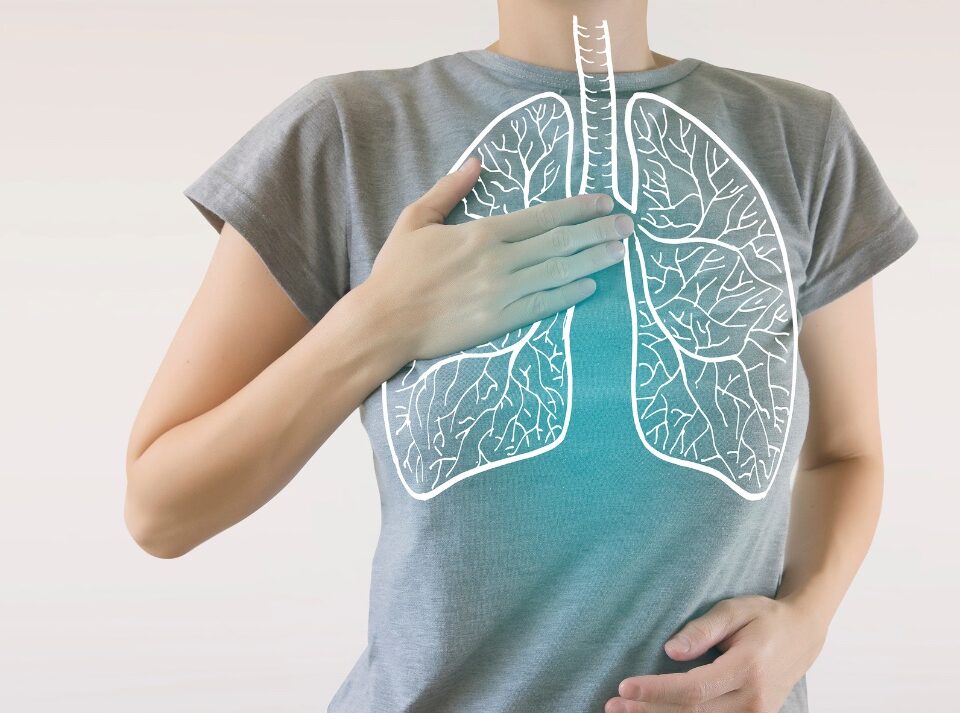- Personal-Touch Home Care
- customercare@pthomecare.com

How Aging Affects The Respiratory System Physically and Psychologically
April 29, 2023
Easy Ways to Keep Your Mind and Body Strong as You Age
June 8, 2023Osteoarthritis is a common condition that affects millions of people over the age of 50. It results from the normal wear and tear on joints that occurs over time. Arthritis is a progressive condition that becomes worse over time, with symptoms of joint pain, joint swelling, redness, and stiffness that impact daily life. Fortunately, a number of non-invasive remedies are available to reduce these symptoms, so you can enjoy greater comfort and easier movement.
Exercise
When you’re having a flare-up of arthritis pain, you may not feel like exercising, but moderate exercise can benefit your comfort and movement in a number of ways. Exercise strengthens the muscles that support joints, reducing pain and making movement easier. It helps circulation that brings blood and nutrients to affected areas. Exercise also helps to improve balance, so you can avoid injury from weakened joints. Exercise can also improve your mood, which can be problematic when dealing with chronic joint pain. Walking, swimming, cycling, and water aerobics are good choices that increase range of motion and flexibility. You can alternate these with weight training to increase muscle and bone strength.
Over-the-Counter NSAIDs Medications
Pain relievers available at your local pharmacy or supermarket are often the mainstay for managing pain and stiffness from osteoarthritis. Non-steroidal anti-inflammatory medications are useful in reducing inflammation and pain in sore joints. These medications include aspirin, ibuprofen, and naproxen. They work by blocking an enzyme that is produced when joints are inflamed or injured. They can be taken on a daily basis to deal with arthritis symptoms. However, these drugs do have side effects, and you should always consult with your physician when using them on a regular basis.
Pain-Relieving Creams
Another weapon in your arsenal against arthritis pain and stiffness is pain-relieving creams, lotions, and gels. These are available under a number of brand names. Some of these products work by using numbing compounds to reduce pain. Others contain ingredients that are absorbed into the skin to reduce inflammation and discomfort. These products can be a valuable adjunct to oral pain relievers to reduce arthritis symptoms.
Heat or Cold Therapy
When an arthritis flare-up occurs, one of the simplest remedies you can take is to apply heat or cold to reduce pain and improve mobility. A moistened towel placed in the freezer for 15 minutes makes a convenient cold pack you can place on the affected area for eight minutes on and 10 minutes off. The cold compress will help to reduce inflammation and discomfort from arthritis. In some cases, applying a warm compress or heating pad is the better choice to help relieve pain and improve flexibility and range of motion. If you have neuropathy or other condition that affects your ability to feel temperatures, take particular care to avoid damaging fragile skin with cold or hot compresses.
Prescription Medications
As osteoarthritis progresses, you may find that over-the-counter pain relievers don’t provide sufficient relief from pain and stiffness. A number of prescriptions are available, which can be highly effective in managing arthritis pain and mobility problems. Your doctor may suggest oral medication or injections of corticosteroids or hyaluronic acid compounds to reduce swelling, pain, and mobility problems.
Massage
Massage is an ancient Asian healing technique that can be helpful for a wide range of musculoskeletal conditions. Massage uses manipulation of body tissues to increase circulation in affected areas, which brings increased blood flow and nutrients to muscles, tendons, and ligaments. Massage techniques can help to reduce discomfort and also improve mood, which can be an important concern when dealing with chronic pain problems.
Acupuncture
Acupuncture has its origins in Ancient China, where it was used for relieving pain and improving health. The technique uses very fine needles inserted into the body at defined meridians in the human body. The needles are thought to block pain signals to the brain and increase the flow of energy throughout the body. Acupuncture can be an effective, non-drug method of dealing with arthritis discomfort and stiffness. The method can be used with medications and other therapies to enhance their effects.
If you are dealing with pain, stiffness, and inflammation from osteoarthritis, you should consult your doctor about the best treatments for your needs. In advanced cases, surgery may be needed to repair or replace damaged joints to help you live more comfortably. In the meantime, try these effective remedies to manage your discomfort, so you can continue to enjoy your normal activities.



